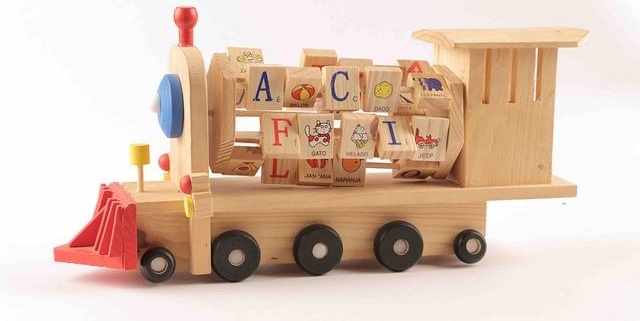
Developmental Dysplasia of the Hip in Children
Overview
Developmental Dysplasia of the Hip (DDH), commonly referred to as dislocated hip, is a condition where the hip joint of a child doesn’t develop properly. The hip joint consists of a round head at the top of the thigh bone (femur) fitting into a cup-shaped socket in the pelvis. In DDH, the head of the femur is either entirely out of the socket or not fitting well. This deficiency can occur before birth, shortly after birth, or even in early childhood. As per the American Academy of Orthopaedic Surgeons (AAOS), about 1 in every 1,000 newborns have DDH which may require treatment.
Types
DDH in children is classified into three types:
-
- Subluxatable Hip: The hip socket loosely holds the ball or may be slightly unstable.
-
- Dislocatable Hip: The ball can release itself from the socket with certain movements.
-
- Dislocated Hip: The ball is entirely out of the socket and does not have any contact with it.
The severity depends on the category and it is possible for a child to have DDH in one or both hips.
Causes
There isn’t a definitive known cause for DDH, but several risk factors are associated with its development:
-
- First Pregnancy: As the muscles can be tight during the first pregnancy, leaving less room for the baby’s hip joint to develop.
-
- Breech Position: The baby’s hips might be stretched before birth if they are located buttocks-first in the womb.
-
- Family History: Children of parents who had DDH are more prone to developing the condition.
Symptoms
As most children with DDH don’t feel any pain, parents often overlook its symptoms. However, these may include:
-
- Asymmetry: One leg might appear longer than the other or folds of skin around the thigh may not be even.
-
- Less mobility in one hip: One hip might have a reduced range of movements when compared with the other.
-
- Limping: This symptom can appear as the child starts to move around and walk.
Diagnosis
A physical examination of the hip joints by the pediatrician shortly after birth is the initial method of diagnosing DDH. If DDH is suspected, imaging tests such as ultrasounds or X-rays might be recommended for a more accurate diagnosis.
Treatment Options
Treatment for DDH aims to reposition the femur within the socket. The nature and duration of treatment largely depend on the child’s age and severity of the condition.
-
- Pavlik Harness: Typically for babies less than six months old, this soft brace securely positions the hip joint.
-
- Closed Reduction: This procedure is implemented under general anesthesia to gently relocate the dislocated hip into the socket.
-
- Open Reduction: In severe cases, surgery might be necessary to reposition the hip joint.
Living With Developmental Dysplasia of the Hip in Children
Even though DDH is a serious condition, most children recover completely with timely diagnosis and treatment. Physical therapy and pain management can help make life easier for the child. Parents should ensure the child is resting and not exerting the hip joint excessively while treatment is ongoing.
When to Seek Help
If you notice any irregularities in your child’s hip movement or observe uneven leg lengths, bulges, or folds of skin, consult your pediatrician immediately. Early diagnosis and treatment for DDH can ensure a good prognosis and normal hip function for your child.
